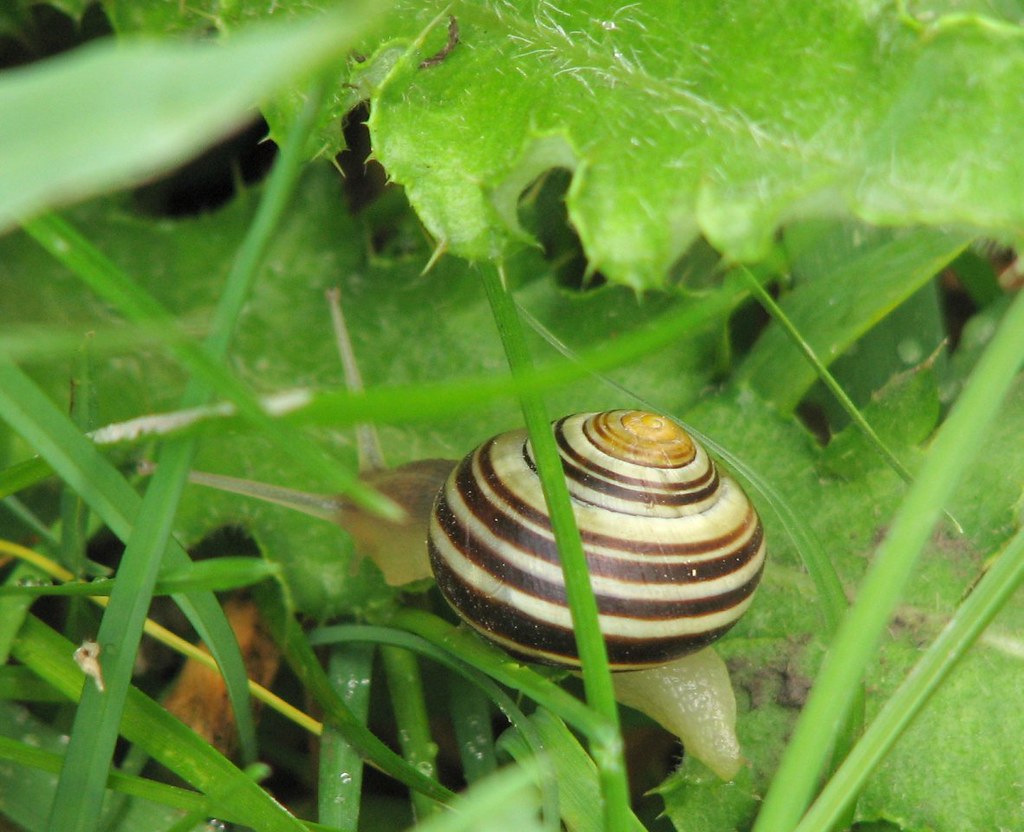As a passionate gardener, few things distress me more than discovering snails munching away on the plants I’ve lovingly tended I’ve had many heart-sinking moments spotting their telltale silvery trails crisscrossing my garden beds
Snails are an important part of nature, but they can quickly destroy your flowers, vegetables, and other garden plants because they eat so much. If you’ve seen these annoying mollusks getting into your raised beds, potted plants, or plants that you plant directly in the ground, act quickly before they take over your garden.
In this article, we’ll cover why snails flock to garden beds how to identify and remove existing snails plus proven tips to prevent future infestations. With a multi-pronged approach, you can banish these slimy characters from your garden for good.
Why Snails Love Garden Beds
To stop snails, it helps to understand what attracts them in the first place. Here are three key reasons these pests slither into garden beds:
Moisture – Snails need constant access to moisture, so they thrive in damp garden beds and soil. Drip irrigation and excessive mulch provide the moist environment they crave.
Food – Vegetable gardens and ornamental plantings offer an all-you-can-eat buffet for snails. They munch on seedlings, leaves, stems, flowers and more.
Shelter – Snails hide from heat and light during the day. Thick mulch, ground cover plants and garden debris provide convenient shelter sites.
When planning your garden keeping these snail attractants in mind can help you take preventive steps.
How to Identify Snails in Garden Beds
Spotting snails early is key before they get out of control. Here are the top signs of a snail invasion in your garden beds:
-
Irregular holes in the leaves—Snail damage doesn’t look like clean insect bites.
-
Slime trails on plants and soil – The shiny trails snails leave behind as they move are a giveaway.
-
Missing seedlings – Snails love munching tender new plants.
-
Chewed flowers and buds – Snails will eat any part of a plant, not just leaves.
-
Damaged bark – Snails also chew away at tree and shrub bark.
-
Crunchy shells under mulch – Look for empty snail shells hidden in garden beds.
Regular garden inspections, especially at dawn and dusk when snails are active, can help you detect infestations early.
How to Remove Snails from Garden Beds
If you spot snails in your beds, take action promptly. Here are smart ways to remove snails:
Hand pick – Pluck off any snails you see and drop into a bucket of soapy water. Wear gloves for this messy task.
Collect with traps – Lure snails under boards or into dishes of beer to contain them for disposal.
Attract with bait plants – Trap snails on sacrificial bait plants around bed edges, like lettuce or marigolds.
Blast off with water – Knock snails off plants with a strong stream of water from the hose.
Till the soil – Working the top few inches of soil will crush snails and expose others to birds.
Be thorough and persistent when removing snails – it often takes repeated efforts to fully clear an infestation.
12 Ways to Prevent Snails in Garden Beds
Eliminating current snails is important, but preventing reinfestations is key for long-term control. Here are 12 effective tips:
1. Remove shelter sites
Clear away garden debris like branches, rocks and leaf litter where snails hide.
2. Avoid excessive mulching
Use thin mulch layers, leaving space between mulch and plant stems.
3. Allow soil to dry between watering
Let the soil surface dry out to discourage these moisture-loving pests.
4. Choose snail-resistant plants
Opt for plants with tough leaves and unpleasant scents that deter snails.
5. Switch to drip irrigation
Drip or underground irrigation reduces moisture on leaves and soil.
6. Apply barriers
Copper tape, gritty diatomaceous earth or crushed shells keep snails at bay.
7. Use bait plants
Trap snails on sacrificial plants placed around garden edges.
8. Introduce predators
Attract snail-eating birds, insects, reptiles and amphibians to your garden.
9. Set beer traps
Saucers of beer lure snails to drown.
10. Apply iron phosphate bait
Scatter snail bait made with iron phosphate around affected plants.
11. Maintain good airflow
Space plants adequately and prune to allow air circulation and drying.
12. Clean up thoroughly in fall
Remove garden debris where snails may lay eggs for next year.
With vigilance and these snail prevention tips, you can reclaim your garden beds for carefree growing. Pay close attention in spring and fall when snails are most active and likely to strike.
Winning the War Against Snails
When you spot the first snails munching in your garden beds, it’s tempting to panic. But with the right combination of removal tactics and preventive measures, you can safely eliminate existing snails and stop new ones from invading.
Be persistent, consistent, and proactive and you can claim victory over these slippery pests. Your plants will thank you with vigorous growth and gorgeous blooms if you take steps to banish snails from your beds.
For more help battling snails or other garden pests, contact us. We can assess your unique situation and recommend customized solutions to restore plant health while keeping your garden ecologically balanced. With the right approach, you can grow a thriving organic garden that deters snails but supports beneficial insects and wildlife.
Why Your Garden Has SLUGS and SNAILS + How to Prevent Them
FAQ
Is it good to have snails in your garden?
Why do snails suddenly appear in my garden?
How to keep snails out of a raised garden bed?


